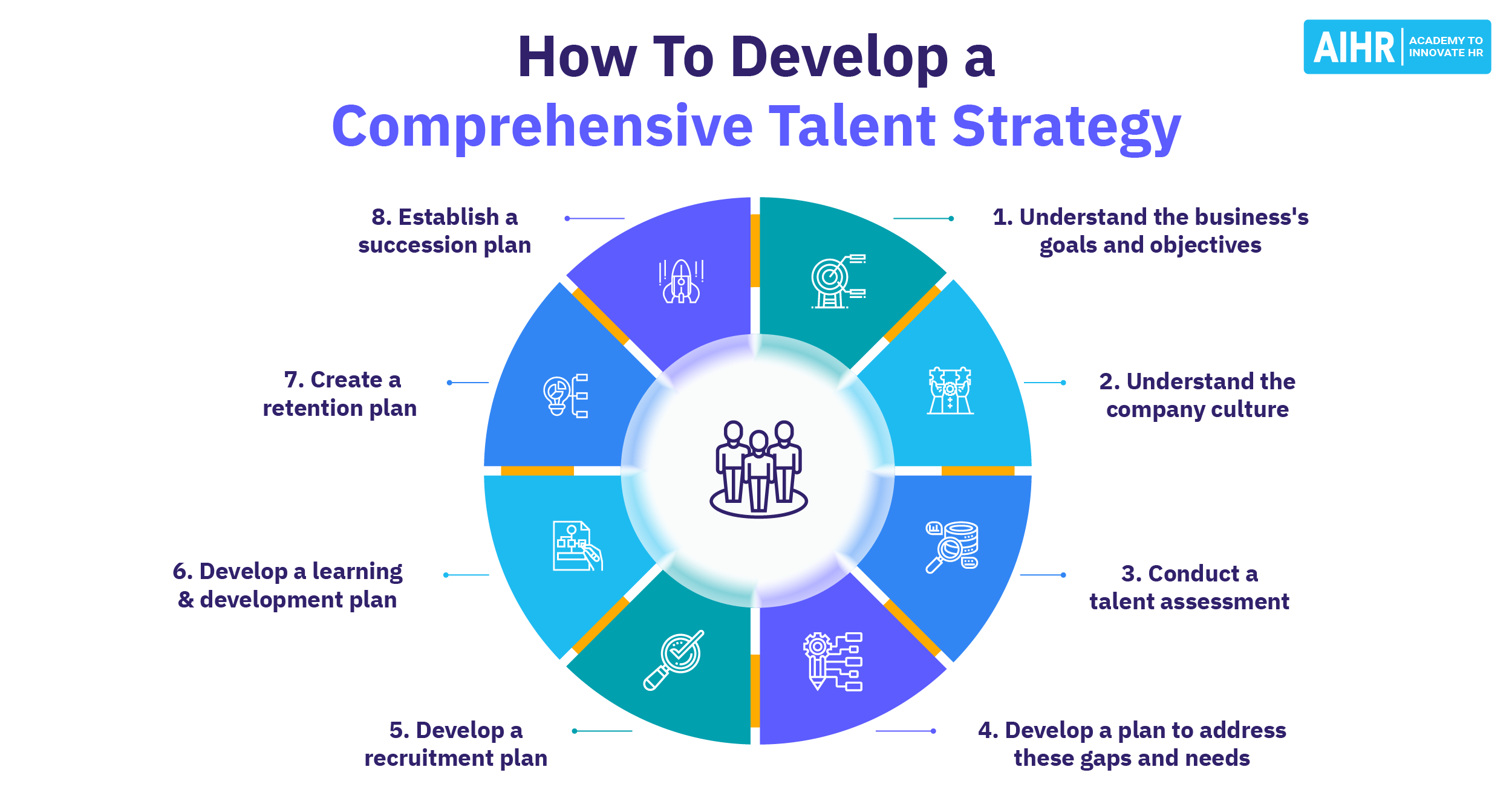
In today's competitive business landscape, organizations are increasingly recognizing the importance of talent management strategies. One critical aspect of these strategies is the emphasis on employee selection. While many companies focus on retaining talent, this article explores why investing more in employee selection can lead to a more effective talent management strategy. By prioritizing the right hiring practices, organizations can build a strong foundation for their workforce, ensuring a better fit between employees and company culture, which ultimately drives long-term success.
This article will delve into the significance of employee selection in talent management, comparing it to retention strategies. We will cover various aspects, including the impact of effective selection processes on organizational performance, the cost implications of hiring the wrong candidates, and the long-term benefits of investing in the right talent from the outset. Furthermore, we will provide actionable insights for organizations looking to enhance their talent management strategies.
Join us as we explore the essential components of effective talent management strategies, focusing on the crucial role of employee selection and how it can influence overall organizational success. Whether you are an HR professional, a business leader, or someone interested in understanding talent management better, this article offers valuable information to enhance your knowledge and skills.
Table of Contents
Importance of Employee Selection
Employee selection is a critical component of talent management strategies. The right selection process ensures that organizations hire individuals who not only possess the necessary skills but also align with the company culture and values. The significance of employee selection can be summarized as follows:
- Quality of Hire: Effective selection processes lead to higher quality hires, resulting in improved job performance.
- Cultural Fit: Selecting candidates who fit well within the organization's culture fosters a positive work environment.
- Reduced Turnover: A well-executed selection process can lead to lower turnover rates, as employees are more likely to stay with a company that aligns with their values.
Cost of Poor Hiring
The financial implications of poor hiring decisions can be substantial. Research indicates that the cost of a bad hire can range from 30% to 150% of the employee's annual salary, depending on the position. The costs associated with poor hiring include:
- Training Costs: New hires may require extensive training, which can be wasted if they leave the organization shortly after joining.
- Lost Productivity: Employees who are not a good fit can hinder team productivity and negatively impact overall morale.
- Legal Risks: Poor hiring practices can expose companies to legal risks, including wrongful termination lawsuits.
Employee Retention Strategies
While employee selection is paramount, organizations must also implement effective employee retention strategies. Retention strategies focus on keeping talented employees engaged and satisfied within the organization. Key retention strategies include:
- Competitive Compensation: Offering attractive salary packages and benefits can significantly enhance retention.
- Professional Development: Providing opportunities for growth and learning can keep employees motivated.
- Work-Life Balance: Promoting a healthy work-life balance can improve job satisfaction and reduce turnover.
Long-Term Benefits of Effective Selection
Investing in employee selection yields numerous long-term benefits for organizations:
- Enhanced Organizational Performance: High-quality hires contribute to better overall performance.
- Stronger Team Dynamics: Employees who align with the company culture foster collaboration and teamwork.
- Reputation as an Employer of Choice: Organizations known for their strong selection processes attract top talent.
Best Practices in Employee Selection
To enhance employee selection processes, organizations can adopt the following best practices:
- Structured Interviews: Use structured interviews with standardized questions to evaluate candidates consistently.
- Assessment Tools: Implement assessment tools to gauge candidates' skills and suitability for the role.
- Behavioral Interviewing: Focus on past behaviors and experiences to predict future performance.
Case Studies
Several organizations have successfully implemented effective employee selection strategies:
- Company A: By revamping their selection process, Company A reduced turnover by 25% within one year.
- Company B: Implementing structured interviews led to a 40% increase in employee performance ratings.
- Company C: Focused on cultural fit in their hiring process, resulting in a 50% decrease in employee grievances.
Conclusion
In conclusion, talent management strategies that prioritize employee selection over retention strategies can lead to better organizational outcomes. By investing in effective selection processes, companies can enhance the quality of their hires, reduce costs associated with poor hiring, and improve overall employee satisfaction. Organizations must recognize the significance of selecting the right talent and implement best practices to achieve long-term success.
We encourage readers to share their thoughts on the importance of employee selection in talent management strategies. Feel free to leave a comment below or explore our other articles for more insights on effective talent management practices.
Thank you for reading! We hope you found this article informative and valuable. We invite you to return for more engaging content on talent management and related topics.
ncG1vNJzZmivp6x7rLHLpbCmp5%2Bnsm%2BvzqZmm6efqMFuxc6uqWarlaR8ta3LnqWtZZ2Wu6KzxKacp6xdqMGzrdOenrJlmaPDpr%2FTrGSmp6Kaeqq6jJ6kqaSfrrKmedKeo56bpJ68r3nToZinZZmjeqCrvpiWZ6Ckork%3D
